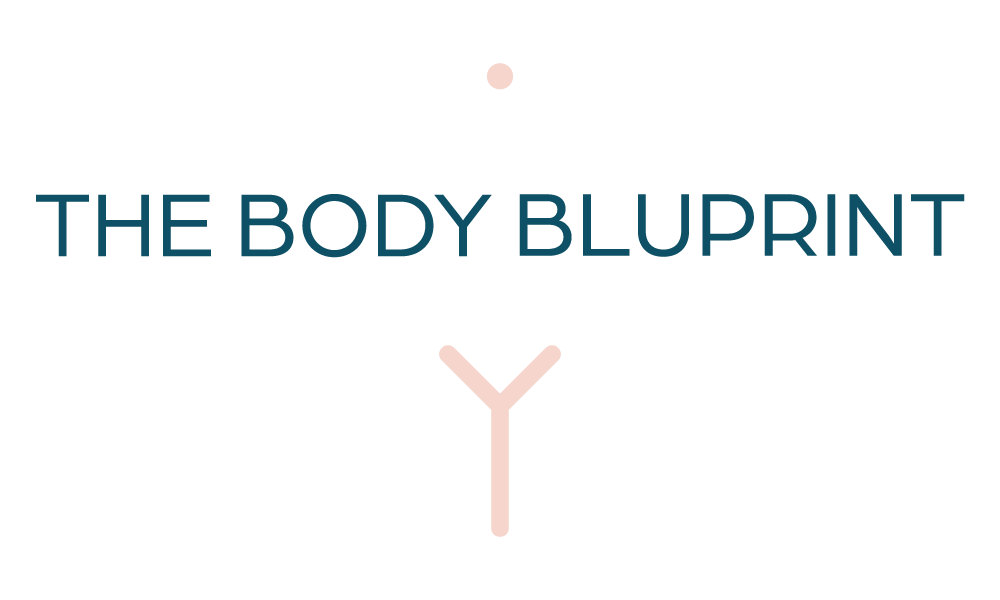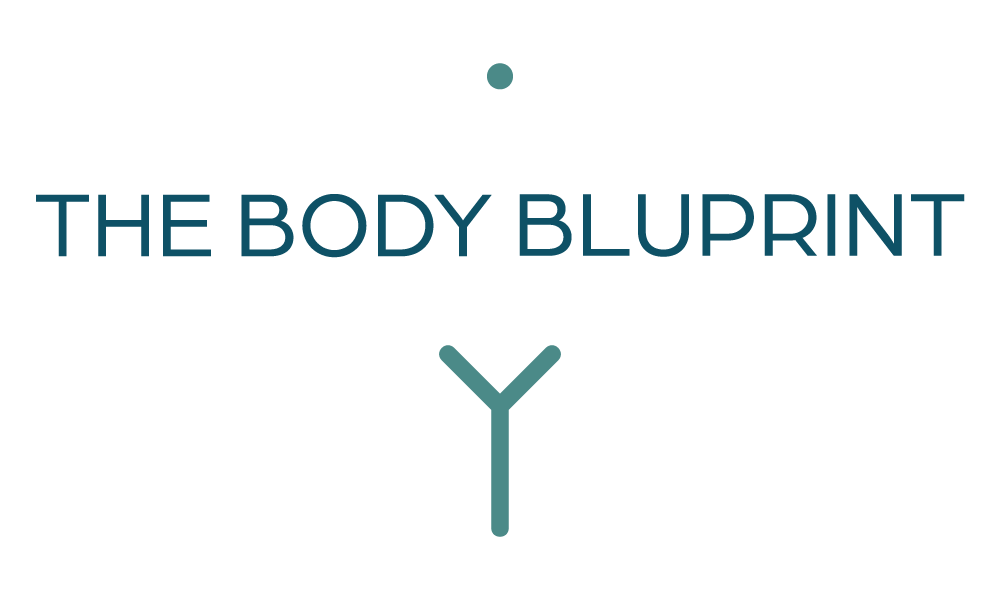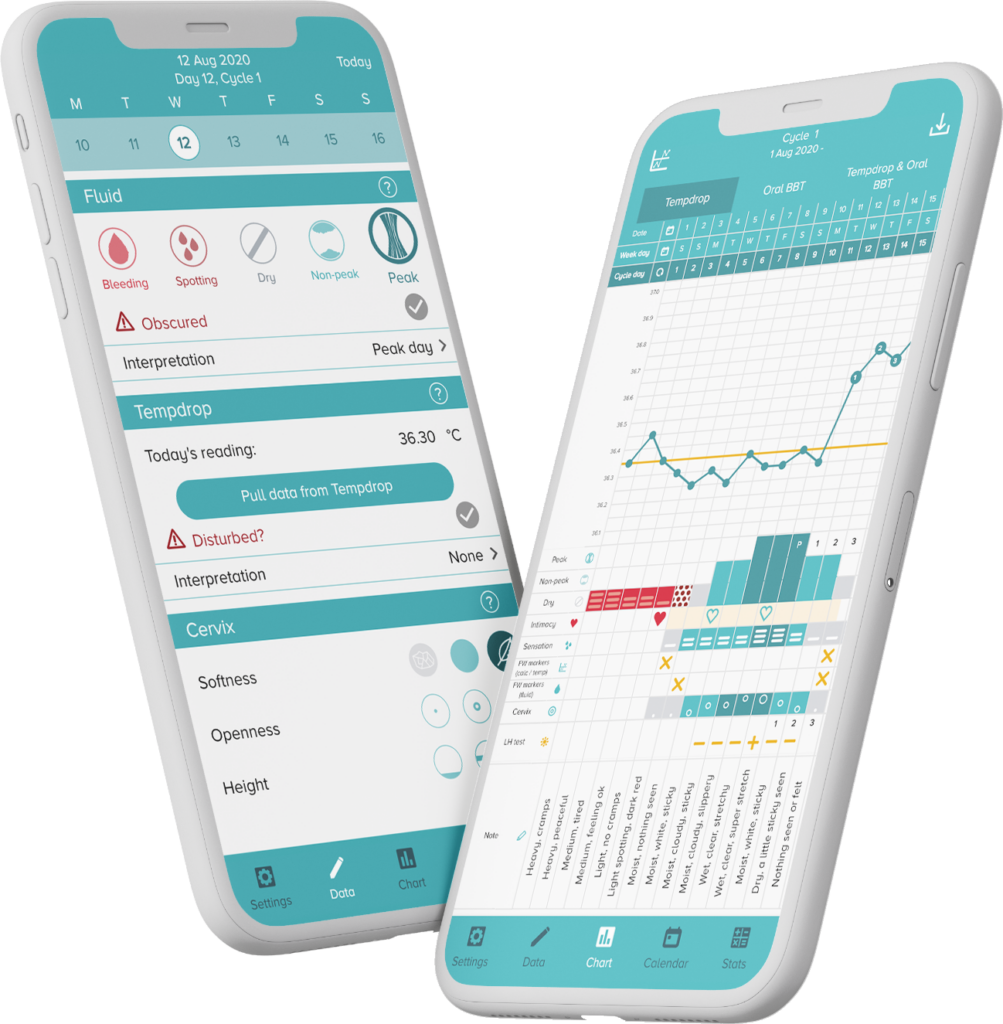Have you ever wondered exactly where your fertile days are in your menstrual cycle? Or perhaps you’ve been through the struggle of trying to conceive without fully understanding your body’s unique rhythm. In a world where misinformation is common, it’s crucial to get the facts right, especially when it comes to reproductive health.
Contrary to popular belief, women are not fertile 100% of the time. In fact, the window of fertility is relatively narrow, typically spanning around 6 days per cycle. Let’s break this down.
Understanding the Fertility Window (Your Fertile Days)
The fertile period is defined as the time during which pregnancy is biologically possible. For most women, this period begins approximately 5 days before ovulation and ends 1 day after ovulation. Here’s why:
Sperm can live inside the female reproductive tract for up to 5 days, provided there’s good quality cervical mucus to support their survival. This means that if intercourse occurs during this window, sperm can wait patiently for the egg to be released.
Once ovulation occurs, the egg is viable for only 12–24 hours. If the egg is not fertilised during this time frame, it disintegrates, signalling the end of the fertile period. This is why timing intercourse around ovulation is critical for those trying to conceive.
I have a whole post here on ovulation, why it is so important, and why is may not be happening for you!

Fertility Awareness Method (FAM): A Natural Approach
In recent years, more and more women have turned to the Fertility Awareness Method (FAM) as a natural way to understand their cycle and either achieve or avoid pregnancy. FAM involves tracking various fertility signs, such as basal body temperature, cervical mucus, and cervical position, to identify the fertile days.
By consistently monitoring these signs, you can pinpoint your fertile window—the time when conception is most likely—and make informed decisions about sexual activity, free from hormonal birth control.
But the benefits of fertility tracking extend beyond contraception or conception planning. The data you collect can provide crucial insights into your hormone levels and overall health. For instance, you can assess whether you have an estrogen dominance or a progesterone deficiency, confirm the occurrence of ovulation, evaluate thyroid function, and ensure hormone balance.
Through this process, you’ll also uncover any potential fertility obstacles that could hinder your conception journey. Armed with this knowledge, you’ll gain confidence to advocate for your health and actively participate in conversations with healthcare professionals, guiding your future medical treatment.

The Role of Education and Empowerment
Understanding your fertility window is not only empowering but also essential for making informed decisions about your reproductive health. It’s time to debunk the myths and embrace the science behind our menstrual cycles.
So, whether you’re trying to conceive or simply want to understand your body better, consider exploring the Fertility Awareness Method. Knowledge is power, and when it comes to fertility, being informed is key.
Wishing you balanced hormones & baby dust

Helpful resources
Download my FREE Preconception guide here 👉 Download the Guide
Join my exclusive TTC Community here 👉 Join the community
Book a free 30-minute Fertility Chat here 👉 Book a free chat
Connect with Hannah
Instagram 📱- @Thebodybluprint_
Facebook 🥳 @TheBodyBluprint
I’d love to hear from you! If you have any questions about fertility tracking, the blog, or just want to share your own experiences, please don’t hesitate to reach out below ❤️
Email ✉️ Hannah@thebodybluprint.com.au
If you’d like to learn more about achieving pregnancy with FAM, check out my signature program Transform Your Cycle here, or head to the programs page for an overview of all the supports available.




